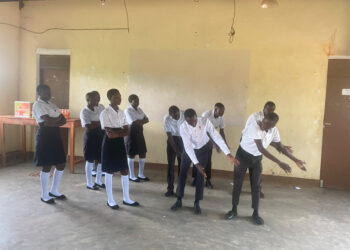The 2024 National Population & Housing Census (NPHC) shows that out of 10.6 million households in Uganda, 155,200 (about 1.5 percent) received remittances during the last 12 months preceding the NPHC 2024.
Remittances are household incomes originating from foreign economies, primarily due to the temporary or permanent migration of individuals to those countries.
These transfers include both cash and non-cash items, sent through formal channels like electronic transfers, or informal means such as money or goods physically transported across borders.
Remittances largely consist of funds and goods sent by individuals who have settled abroad, as well as the net earnings of cross-order, seasonal, or short-term workers employed in an economy in which they do not reside.
Remittances play a crucial role in supporting household income, highlighting the need to evaluate how reliant households are on external financial aid. This data is essential for shaping policies that align with national development plans.
The census results show that Buganda sub-region has the highest number of households receiving remittances from abroad (85,529). It’s followed by Ankole sub-region (10,482), with Karamoja sub-region recording the lowest numbers (2,354) of households that received remittances followed by Lango sub-region (2,574).
Busoga has the third largest number of households receiving remittances from abroad (9,466).
It’s followed by Elgon with 8,861 households receiving remittances, while West Nile has 7,786 households getting remittances from abroad as of May 2024.
Tooro region has 6,804 households receiving remittances from abroad while Bunyoro has 5,384 households receiving remittances.
These are followed by Bukedi (4,377), Acholi (4,304), Teso (3,712) and Kigezi (3,567).
In terms of education level for the household head, findings showed that households with heads of households who completed post-secondary level of education received more remittances.
The census findings show that most households receive remittances in the form of money (75%), followed by goods (16%), and about nine percent receive both cash and goods.
Purpose of remittance
According to the UBOS report, among the 155,200 households that received remittances in the 12 months prior to the census, most cited upkeep/food (25%), followed by education (17%) as the main reasons for the remittances. Twenty-six percent of male-headed households did not state the purpose of the remittance received. In contrast, among female-headed households, the most common use of remittances was for upkeep/food (34%), followed by education (17%). Twenty-three percent of women-headed households declined to mention the reason for the remittance, the report says.
Do you have a story in your community or an opinion to share with us: Email us at editorial@watchdoguganda.com













